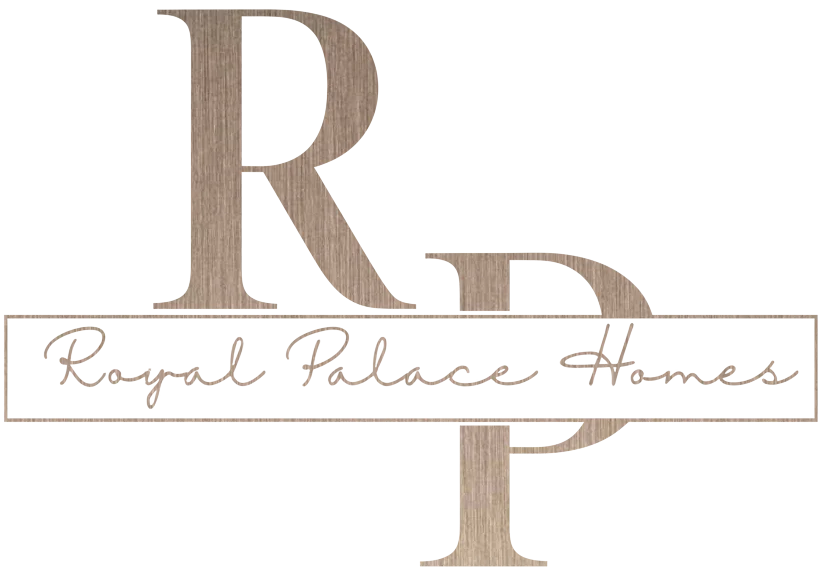When taking on a DIY painting project, having the right tools and equipment is essential to achieving professional results. Whether you’re giving a room a fresh coat of paint or tackling a larger renovation project, having the proper tools can make the job easier and more efficient. In this blog post, we will discuss the essential tools and equipment needed for DIY painting projects.
1. Paintbrushes and Rollers: A good quality paintbrush and roller are essential for achieving smooth and even coverage. Invest in a variety of brush sizes for different areas and details, and choose a roller with the appropriate nap length for the surface you are painting.
2. Paint Trays and Buckets: Paint trays are essential for dipping and rolling your brush or roller, while paint buckets are useful for larger projects and mixing paint colors. Look for sturdy trays and buckets that are easy to clean and reuse.
3. Painter’s Tape: Painter’s tape is a must-have for achieving clean lines and protecting surfaces that you don’t want to paint. Use it to mask off trim, ceilings, and other areas to ensure a professional finish.
4. Drop Cloths: Protect your floors, furniture, and other surfaces from paint splatter and spills with high-quality drop cloths. Canvas drop cloths are durable and reusable, while plastic drop cloths are convenient for quick and easy cleanup.
5. Sandpaper and Sanding Blocks: Proper surface preparation is key to a successful paint job. Use sandpaper and sanding blocks to smooth out rough surfaces, remove old paint or stains, and create a clean, even surface for painting.
6. Paint Scrapers and Putty Knives: For removing old paint, filling holes and cracks, and preparing surfaces for painting, paint scrapers and putty knives are indispensable tools. Choose a variety of sizes and shapes for different tasks.
7. Paint Sprayer: While not essential for every DIY painting project, a paint sprayer can make large-scale painting jobs faster and more efficient. Consider renting or investing in a paint sprayer for projects like painting fences, decks, or exterior walls.
8. Extension Poles: Save time and effort by using extension poles with your paint roller to reach high ceilings, walls, and other hard-to-reach areas. Look for adjustable poles that can be easily extended and locked into place.
9. Paint Mixer: Properly mixing paint ensures consistent color and finish. Use a paint mixer attachment for your drill or invest in a handheld paint mixer to thoroughly mix paint before starting your project.
10. Cleaning Supplies: Don’t forget to have cleaning supplies on hand for washing brushes, rollers, trays, and other painting tools. Use soap and water for water-based paints and paint thinner for oil-based paints.
By having these essential tools and equipment on hand, you can tackle DIY painting projects with confidence and achieve professional results. Invest in quality tools, take your time with proper preparation, and enjoy the satisfaction of transforming your space with a fresh coat of paint. Happy painting!

